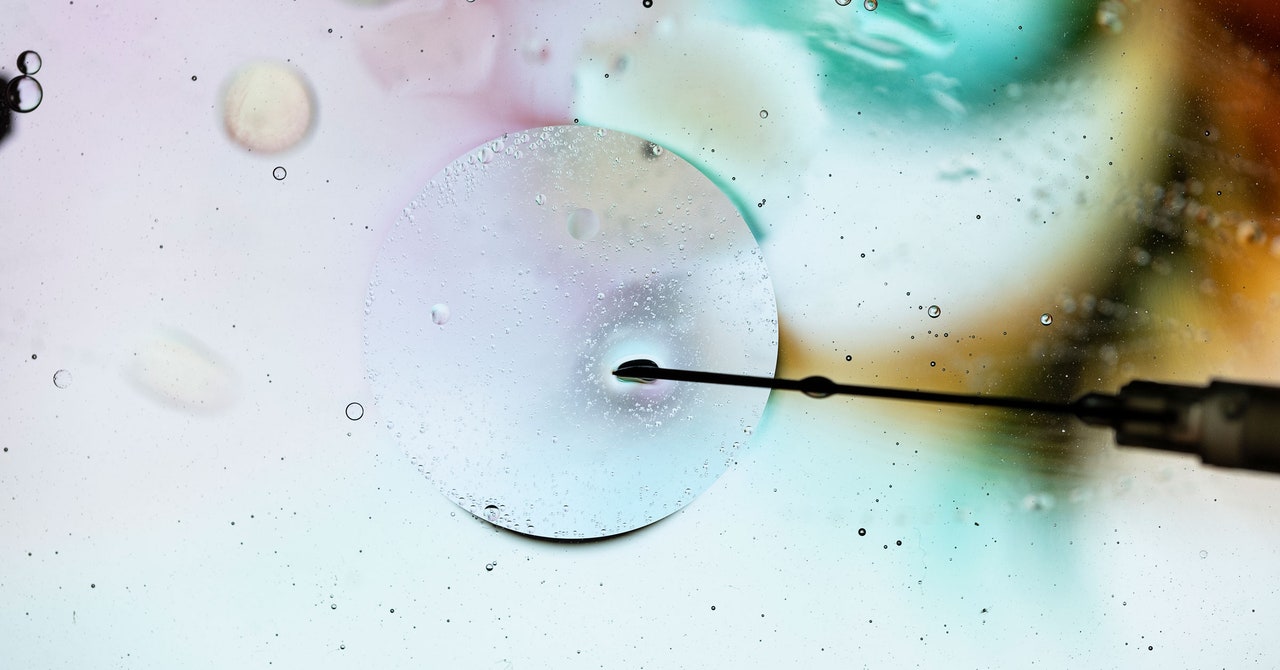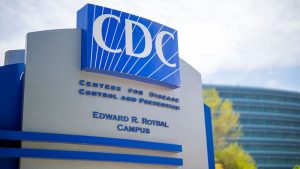
The scientists turned monkey Stem Cells into different types of embryos
Cell Stem Cell1 reveals genetic characteristics of embryo-like blastocysts mimicking embryos in the uterus
The early days of how an embryo develops are shrouded in mystery because it pulls a kind of vanishing act. Once a sperm finds an egg, it begins a roughly weeklong journey to the uterus, becoming a tiny ball of cells along the way. The wall of the uterus is where it goes when it reaches its destination.
Scientists have created balls of cells that resemble embryos and trigger signs of early pregnancy in macaques. The stem-cell-derived blastoids could help researchers understand human embryo development without the ethical dilemmas of using real embryonic cells, according to a study published today in Cell Stem Cell1.
By day 15, the researchers could see what looked like an outline of the yolk sac, which provides nutrition before the placenta forms, and the amnion, the outer membrane that surrounds the developing embryo. Of the 41 blastoids, 5 also developed features that resembled the primitive streak, a structure that marks the beginning of the cells rearranging themselves to form the layout of the body, including its left–right, top–bottom configuration.
“They look very convincing,” says Kotaro Sasaki, an assistant professor of biomedical sciences at the University of Pennsylvania School of Veterinary Medicine, who studies primate embryology and human development and wasn’t involved in the study. They have all of the cell types that are normal in embryos.
When the researchers profiled roughly 6,000 individual cells using single-cell RNA sequencing, they found genetic characteristics similar to those seen in natural blastocysts. Some cells expressed genes associated with the endoderm — the innermost layer that eventually forms the linings of the respiratory and gastrointestinal tracts — whereas others were enriched with genes involved in placental development. Some blastocysts may not be a perfect reflection of blastoids, and some may not express as much information as expected.
Although the embryo-like structures were not designed to develop into full-blown fetuses, their lack of staying power in vivo indicates there is more to embryo development than having the right cells, structure and gene expression, says Alfonso Martinez Arias, a developmental biologist at Pompeu Fabra University in Barcelona, Spain.
Furthermore, embryo models that fall apart in the womb could offer insights about the factors that lead to miscarriages and implantation failure after in vitro fertilization treatments, says Alexandra Harvey, a developmental biologist at the University of Melbourne in Australia. “If these models are actually failing at that stage, we’ve got to work out what other markers we need to be looking for at earlier stages,” she says.

